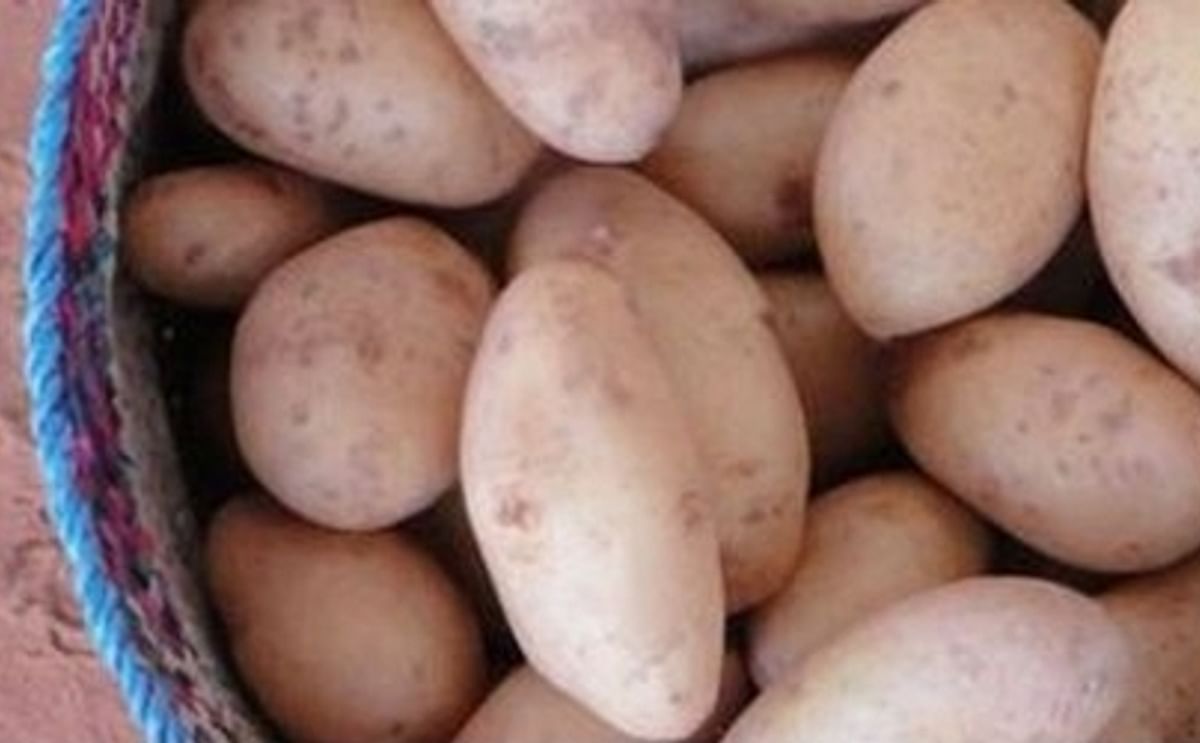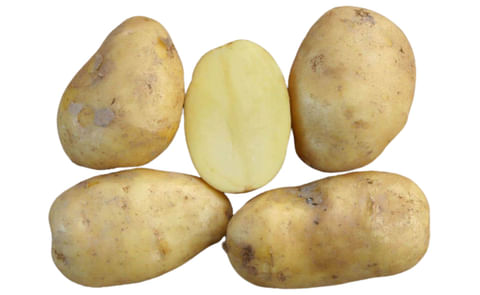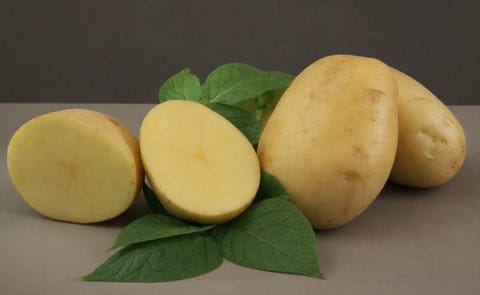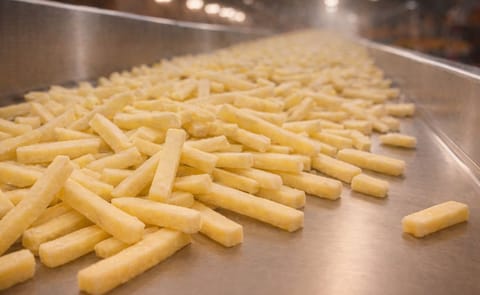There was a time when Italian new potatoes ruled the Central and Northern European markets, but this is ancient history. "Things started to change twenty years ago. Italian new potatoes were slowly replaced by 'early' varieties from Israel and Egypt and which are available in February," explains Domenico Citterio.
New and early: what are the differences
"Traditional new potatoes have a delicate skin which is easy to peel and are difficult to stock, whereas the skin of early potatoes is thicker and tougher. They are cultivated on the North African coast and therefore they are harvested earlier than the European produce."
Management needs and the aspect of the produce in supermarkets led to this change. "German, British and France retailers steered the market choices and closed all commercial outlets for Italian new potatoes."
A market with limited access
There are only two markets left for the Italian produce - the domestic and the Eastern European one. "Produce from Sicily is the first on the market in late March/early April and is the one which suffered the most. Thankfully, it found its balance thanks to local markets."
Campania is also having problems. "Despite the fact that 15-20% of Italian new potatoes is cultivated in the region, production is really fragmented. The commercial outlet for this region is Eastern Europe and Poland and Czech Republic in particular as new potatoes are really popular over there and they don't care if the skin is slightly ruined!"
Puglia is a totally different matter, as its potatoes (typically Sieglinde or Elvira) still have a niche market in Northen countries. "We are talking about limited quantities on markets that have very high qualitative and presentation standards though."
The logistic problem
Israel and Egypt are the main suppliers of new/early potatoes (3,000,000 tons of produce - Italy only produces 400-500,000 tons), followed by Spain and Italy.
"Italy cannot compete with these countries, especially logistic-wise. Even though Israeli and Egyptian produce was a little late this year, their transportation costs cannot even be compared to ours, especially considering where our productive regions are and the fact that there are no alternative means of transport (e.g. railway or intermodal transports). What we cannot understand, is how Spain manages to remain competitive."
Areas and prices
"In Italy, there has been a decrease in cultivated areas (-30/-40%) in the past few years. Despite this, the 2014 season is looking positive as well as early. Expectations are actually quite good, also as regards prices: after a first increase that reached €0.55-0.60/kg, they settled around €0.35/kg."
Domenico Citterio concludes by saying that "growing new potatoes in Italy only makes sense if you can specialise to enter specific niche markets, though it cannot absorb a lot of produce."
In Italy, early potatoes from North Africa are the leading product on the market

Like to receive news like this by email? Join and Subscribe!
Get the latest potato industry news straight to your WhatsApp. Join the PotatoPro WhatsApp Community!
Potato varieties mentioned
Sponsored Content
Sponsored Content
Sponsored Content
Sponsored Content









